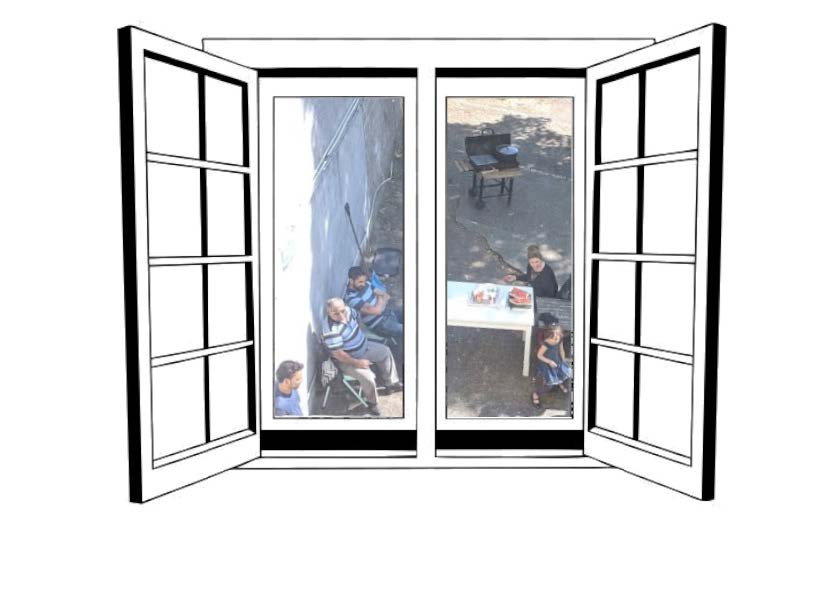An implementation of ‘The Radicant’
Matongé and EU neighbourhood in Brussels
In this booklet you can find a proposal for the European and the Matongé neighbourhood in Brussels. This work delivered by Eszter Klára Hoffman within the Design Studio, called “The Radicant” supervised by Caroline Sohie and Cecilia Chiappini.
The studio was built around the idea of the Radicant:
“To be radicant means setting one’s roots in motion, staging them in heterogeneous
contexts and formats, denying them the power to completely define one’s identity,
translating ideas, transcoding images, transplanting behaviours, exchanging rather
than imposing.” – Bourriaud 2009
Migration rates and human mobility is getting higher and higher. It has an impact
on the people and also on the places that they left and where they will start their
new lives. The places have to adapt to their new users and to the way how they use
them or what they would like to do with them. The urban fabric preserves the physical and mental print of those who leave and show these smaller or bigger changes, effect, imprints, interventions to the newcomers.
During this semester we worked with two adjacent neighbourhoods in Brussels. European Quarter is an administrative centre of Brussels and of the European Union
with more than two million square meter of office buildings. Matongé is dedicated
for the African neighbourhood, but it is rather an international residential place for
the employees of the EU Quarter than the home of the Africans.
My opinion is that in the context of these extremely diverse and fragmented areas,
the public places, the meeting points, the communities and the collective activities
become even more important, because these can be the tools in the war against
disintegration and fragmentation of the society.
It is also interesting to examine what will happen if the people let the others get a
better insight in their lives. If some of their private areas become visible, or even
public. When the lifestyles of different cultures will be not hidden, but noticeable, it
becomes more understandable as well. The goal is not to forget our roots, but to learn from them. And if we can see how the others live, react, or use the places, we
can learn from them too. It will be fantastic to live in a neighbourhood or just vin an
urban block, where we have an opportunity to get to know our neighbours better.
In this booklet I would like to show a concept of how we can deal with the changing
population in the context of the urban fabric in Matonge and the EU Quarter. How
can we demolish the imaginary and also the physically walls between the people
and how can we build connections between them?
I chose the gardens, the green areas and planting as my main tools, because it already includes the possibilities of the common activities, the meetings. These can
be intimate places and also formals.
I implemented my concept in a public-private scale. I dealt with urban blocks and
with the question how can I transform it to an open public space.

